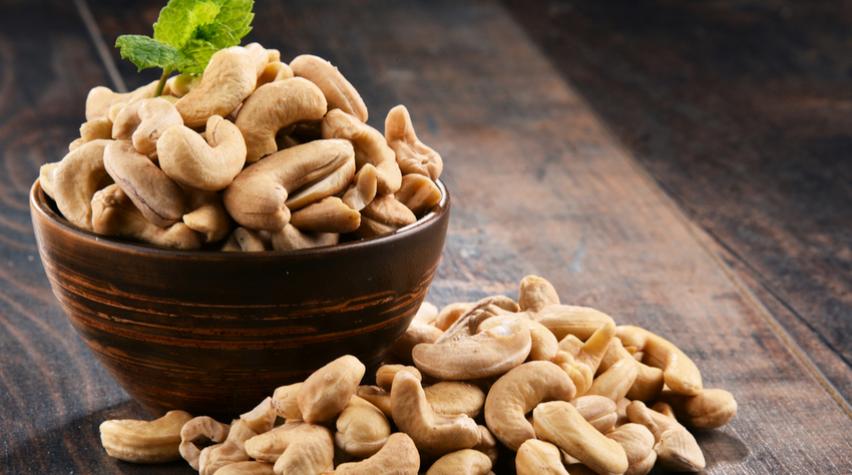
The UVA- and UVB-absorbing compounds in your sunscreen may one day come from cashew shells, thanks to the work of scientists working to find “green” solutions that take advantage of wood and related plant products.
The team at the University of Witwatersrand in South Africa, along with colleagues from Germany, Malawi, and Tanzania, have discovered that aromatic compounds derived from cashew nut shells are particularly good at absorbing UVA and UVB rays. The compound shows possibilities not only for sunscreen but also for polymers or coatings that protect from UV damage.
An ecological alternative
Currently, one of the more popular ingredients used to blog UV rays is oxybenzone, which is an organic compound with petrochemical origins. Ecologically speaking, oxybenzone and other compounds being used in sunscreens to shield against UV have significant drawbacks because they negatively affect aquatic ecosystems and don't exhibit good biodegradability.
The use of various compounds widely used in sunscreens have also recently come under scrutiny in the US because they appear to enter and linger in the bloodstream at levels that call for further study on the potential effects to human health. While not necessarily safer to humans simply because of its more ecologically friendly origins, the researchers’ cashew-based compound comes at an opportune time when UV-absorbing alternatives are being sought for health concerns.
Commercialization on the horizon
Because cashew nut shells are simply a waste product in cashew-farming, the new compound is highly attractive as an environmentally friendly possibility for future products. The research team has already filed for a patent application to commercialize the process in South Africa.
To learn more about the team’s work, see the full news release and their open-access published finishing in the European Journal of Organic Chemistry.


